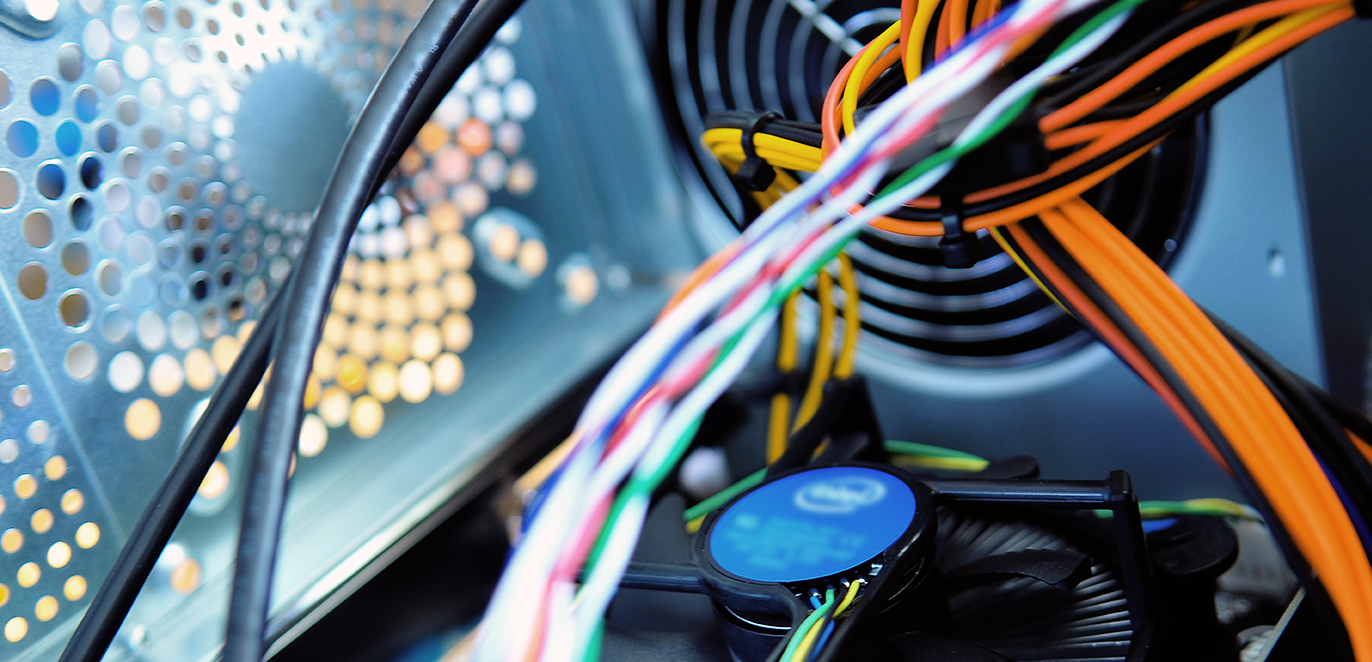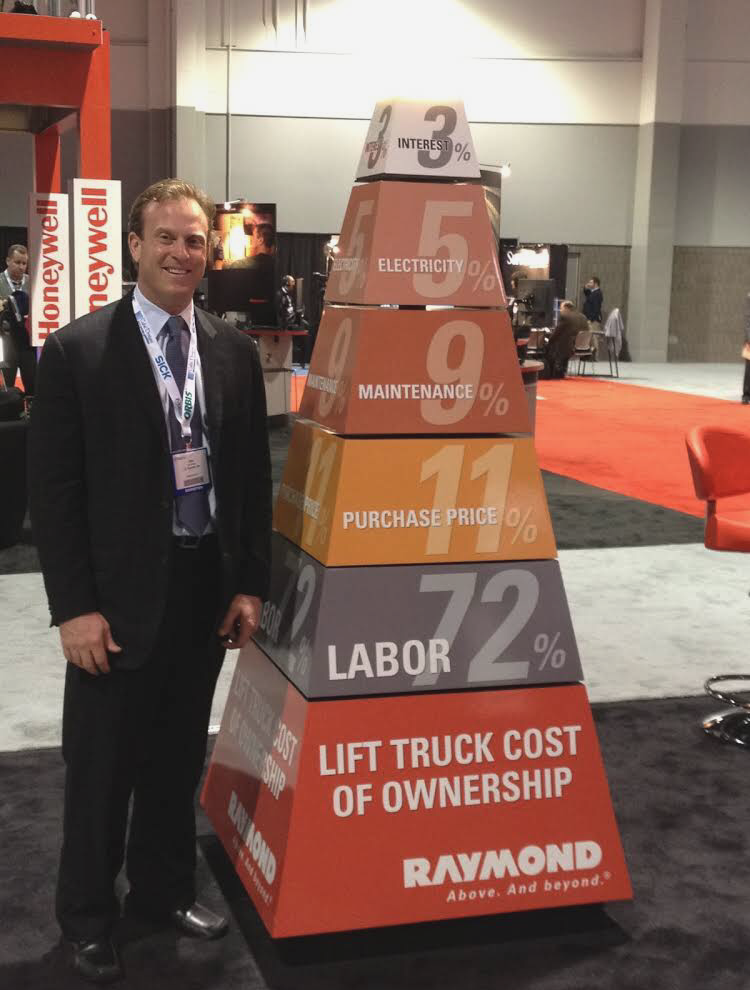The Internet of Things is growing at impressive rates across all industries and sectors, fundamentally changing the way companies manage their assets. Companies are increasing their use of intelligent assets, but often fail to utilize them to their maximum potential—thus failing to reduce costs, increase savings, and improve business operations. As a result, optimizing your company’s high value assets is more important than ever. Because IoT is causing these globally changing technological and industrial shifts, the companies who adopt sooner will receive the most benefits and significantly outpace their competition. Those who choose not to optimize will be left far behind, and will have more trouble than ever catching up.
Luckily, there’s no reason to be a pioneer anymore. Follow these 5 Steps to optimizing your intelligent assets.
Evaluating and improving your intelligent asset utilization is key to staying competitive in the IoT age
1) Evaluate the Current Value of Your Most Important Assets
The first step toward optimization is to understand the value of your most important assets. To do this, ask yourself if they drive revenue, or if they’re a cost center. Determine the assets’ current utilization rates, as well as the associated cost per hour to own and operate them. Are these assets typically where they’re supposed to be when they need to be there? If not, calculate the cost incurred due to time lost to start evaluating what improvements can be made.
Then, take note of your existing data collection process. Is today’s data collected manually? If so, what is the cost to collect it (in time, manpower, resources used that could be allocated elsewhere), coupled with the added cost of lag time between data collection and data entry time? When you have the answer, add how much it will cost to rectify any accuracy issues you may have found.
Cataloging your current asset operational costs will establish the baseline by which you can measure the effectiveness of your optimization strategy.
2) Direct Your Optimization Goals
Once you have established your assets’ current value and costs, turn your attention toward establishing your business objectives. For example, those in the trucking industry are constantly looking for ways to get to a 99% tractor utilization while minimizing dead-heading (running without loads). If a company typically only has a 50% forklift utilization rate, they need to determine how much the business could save with improved utilization rates and better time/location accountability.
Typically, the cost to own and operate a forklift truck exceeds $150,000/year. Thus, a 1% improvement in costs saves nearly $1,500/truck/year. In addition, what would be the savings or revenue impact if data about the status of the assets (location, fuel level, impacts, driver name, speed, temperature, etc.) were available in real time? For example, in the rental car industry, drivers are charged for fuel used when they return. By accurately collecting fuel levels upon a customer’s return, results have shown an increase of more than $2/rental!
The cost tiers for owning and operating a forklift truck
As you determine the benefits and goals of your optimization solution, consider the business objectives that drive them. Achieving the benefits of increased productivity and increased savings could help executives internally make the case for fleet expansion, or it could open the possibility of accepting more orders to increase revenue. Determining your business objectives provides clear reasoning for your optimization goals, allowing you to evaluate the benefits in context and plan for specific outcomes as you optimize.
3) Assess Benefits in Relations to Potential Optimization Costs:
Next, evaluate the potential benefits vs. the cost to collect data. With your business objectives and optimization goals in mind, determine exactly what data you would collect. If the business objective is to optimize the assets’ location efficiency to expand truck routes and reduce overlap, this will help determine your data collection strategy. Some data points are easier to collect than others, and this will be factored into your collection costs.
Another factor in the price of data collection is how frequently you collect it. Sometimes once a day is good enough to make a measurable impact. Next, determine who would use that data. Would it be automatically fed into another existing software system? With all these considerations in play, you can compare the advantages or benefits of optimizing your intelligent assets against the cost of those improvements. If your solution costs more that the returns, look for additional opportunities to automate data collection, or problem-solve to reduce the costs of your solution.
Note: some of the best applications are those which automate a data collection task that is currently done manually. Further quantify the savings if the data were accurately and collected on the optimum schedule.
4) Pilot Test to Reduce Risk
Install a pilot of your proposed intelligent asset solution to a) validate your assumptions and b) collect meaningful data from the most critical assets when you need it. Before you start the pilot, make sure that you have used all tools and software at your disposal to estimate today’s utilization rates as outlined in Step 1.
Creating a properly sized pilot can be a challenge. When running a rental car pilot, for example, cars can leave one facility for another on the first rental. It’s therefore important to pick an exemplary island. For forklifts, pick a plant that has room for improvement, or one that is known for being progressive when it comes to embracing new technologies. Alternatively, you can select a specific customer to try the system, then see if they like the new real-time visibility. Once the pilot is complete, the results need to accurately extrapolate from a pilot to predict the value for the entire enterprise.
5) Compare Results and Expectations to Yield More Top Performers:
Use the data you’ve gathered to identify your top performers, then spend the time to uncover why they are top performers to see if you can use similar approaches to improve the performance of bottom performers. Top performers, once identified through IIoT data, can help improve the entire business by helping identify what the best practices are that must be shared throughout an enterprise—whether it’s a high performing person, group, a shift, a plant, or an entire division.
Analytics software will help you set benchmarks by looking at past trends to help predict the future. Finding how low utilization rates went during the last recession or during the last several years of expansion will help you prepare for other similar instances in the future. Once you’ve spent the time optimizing, find how that data can help predict the number of assets you need as your business grows.
These same analytics methods can also help you compare your data with your peers. Who doesn’t want to be in the 99th percentile in their industry? Many mistakenly think that they are leaders in their industry, though it’s much more likely that they are just average. Look at how good the best in the business have become, and compare your results with theirs to set your expectations. If your assets are at 60% utilization, that would put you in the 50th percentile in the trailer industry. It would certainly help to know that 80% utilization would put you in the 95th percentile while setting your organization’s targets.
Implementing the Steps
Completing these steps as soon as possible is critical to your company’s continued success, but be sure to focus on confirmed business cadence. Custom solutions may seem enticing, but proven approaches like the steps outlined above are the best way to achieve results. Your business objectives may differ from your competition, and these will be the factors that differentiate you from other companies. There is still time to become an early adopter, but there are enough successful cases of intelligent asset optimization that you shouldn’t need to reinvent the wheel.
For more like this, subscribe below for my Ehrman LIST, where I bring you essential content, insights, and information regarding Logistics, IoT, Supply Chain, & Transportation. Always be in-the-know, with regular updates that provide the best tools to keep your company’s solutions on the cutting edge.
If you haven’t already, be sure to download your copy of my industry brief, “It’s the Best of Times and the Worst of Times for the Internet of Things” while it’s still available!








Recent Comments